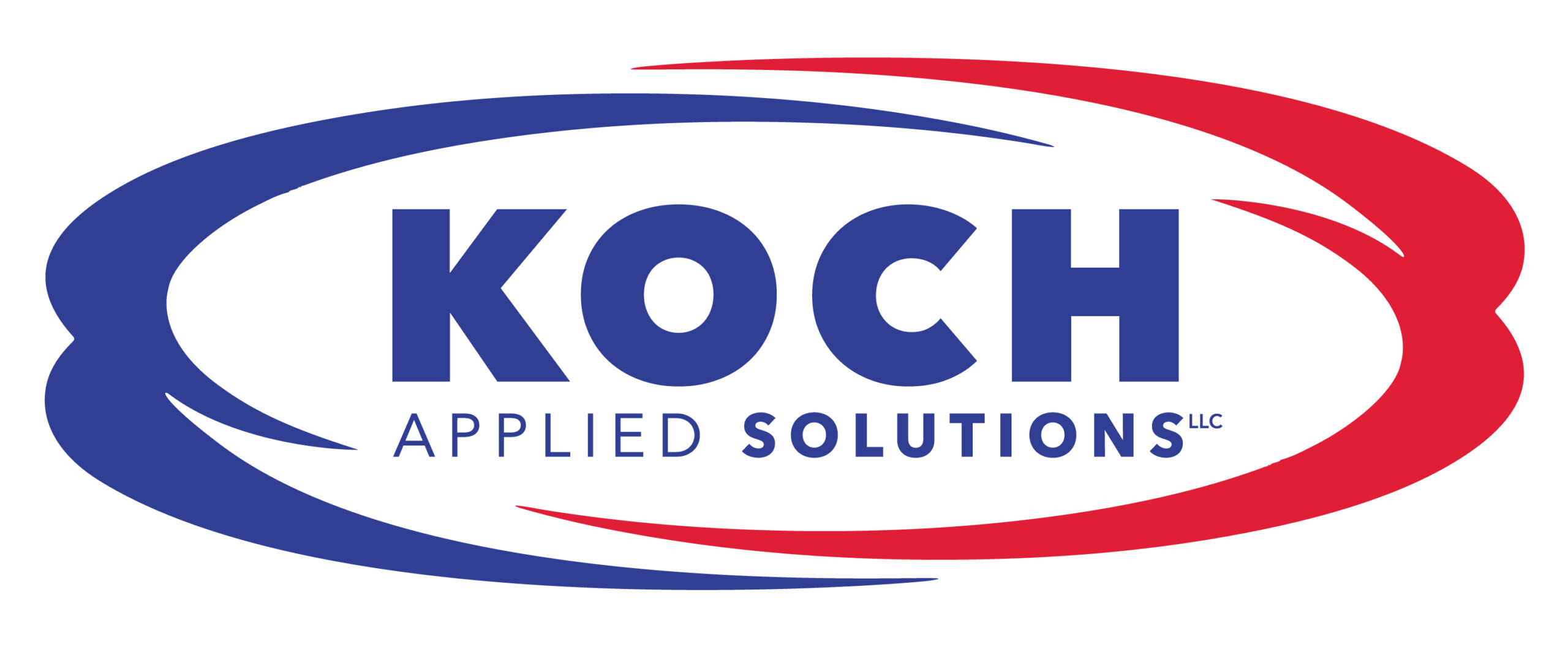A boiler is a closed pressure vessel in which water or other fluid is heated. The heated fluid or vapor exits the boiler for use in various processes. A boiler is typically integrated into a system involving many components.
Boiler Applications
Boilers are used in a wide range of applications for which heat or steam is required. Large scale boilers are often put to work in processes for commercial and utility industries, doing work such as heating environments, processing materials, and generating power. The size and complexity of boilers can vary significantly depending upon the application requirements.
The Anatomy of a Boiler System
Working as the foundational component of a generation system, a boiler requires a fuel supply, combustion air system, feedwater system, and exhaust gases venting system.
Boiler elements typically include:
- Burner
- Controls
- Deaerator/Feedwater Tank
- Economizer
- Fan
- Vessel/Heat Exchanger
Steam Boilers vs. Hot Water Boilers
Steam boilers are designed for high or low pressure process applications. Low pressure steam boilers are limited to a minimum of a 15 psig design pressure, while high pressure steam boilers are designed for pressures that range from 75 to 700 psig for saturated steam process needs.
Hot water boilers are typically used for comfort heating. In most cases hot water boilers heat the water up to 140F in condensing applications and up to 240F in non-condensing applications, but high temperature hot water boilers are available if temperatures exceeding that range are necessary. Operating pressures for hot water boilers are typically 30 to 160 psig.
Firetube Boilers and Watertube Boilers
Steam boilers are classified within two basic categories – firetube and watertube. The distinction between the two lies in the side of the boiler tubes that contains the combustion gases or the boiler water/steam.
In firetube boiler, the combustion gases pass inside boiler tubes and heat is transferred to water between the tubes and the outer shell. Firetube boilers are typically classified by pass number, which refers to the number of times the combustion gases flow the length of the pressure vessel as they transfer heat to the water.
The design of watertube boilers involves the boiler water passing through tubes while the exhaust gases remain in the shell side and move across over the tube surfaces. Watertube boiler tubes can withstand higher internal pressure than the large chamber shell in a firetube, so these boilers are used where high steam pressures are required. Capable of high efficiencies, watertube boilers can generate saturated or superheated steam and are well-suited for applications such as steam turbine power generation, chemical manufacturing, pulp and paper manufacturing, and refining.
Electric Boilers
Industrial electric boilers heat water through the use of electrically heated immersion heaters located within the water. Electric boilers are an excellent boiler option for reliable performance, trouble-free maintenance, and excellent efficiency. Advantages offered by electric boilers include clean and quiet operation, with a high degree of safety by design.
Heat Recovery Steam Generators (HRSGs)
Heat recovery boilers transfer energy from the exhaust of a gas turbine to an unfired or supplementary fired heat-recovery steam generator to produce steam. They provide a reliable way to improve energy efficiency, reduce operating costs, and enhance productivity.
Questions? Your Lathrop Trotter sales engineer can help! Contact Us



